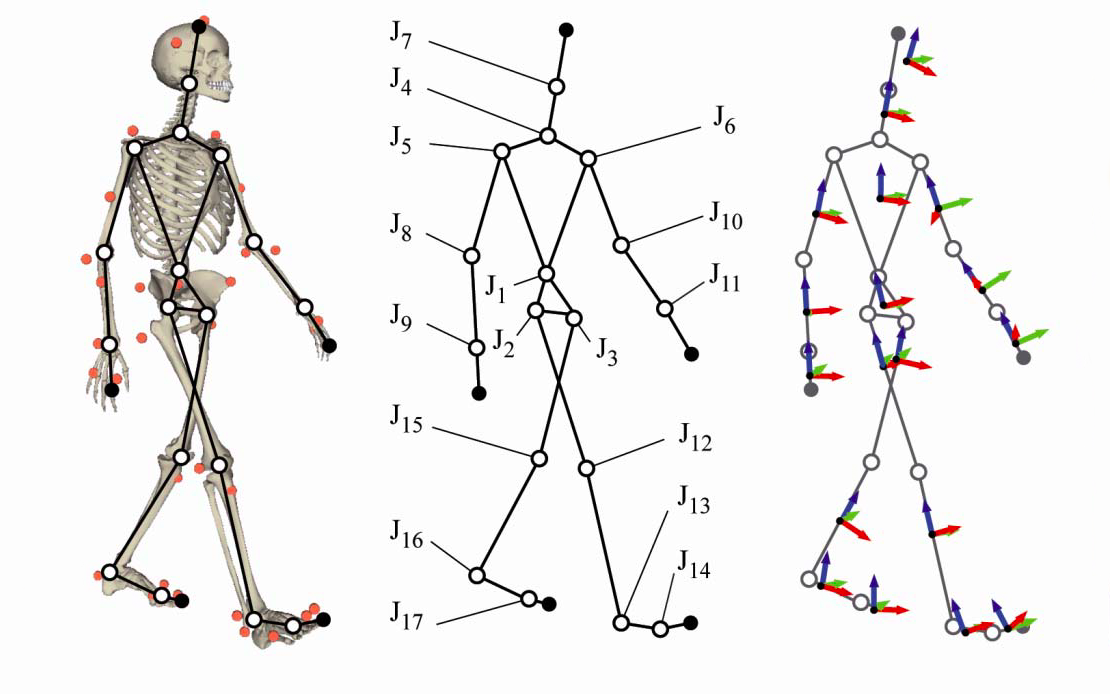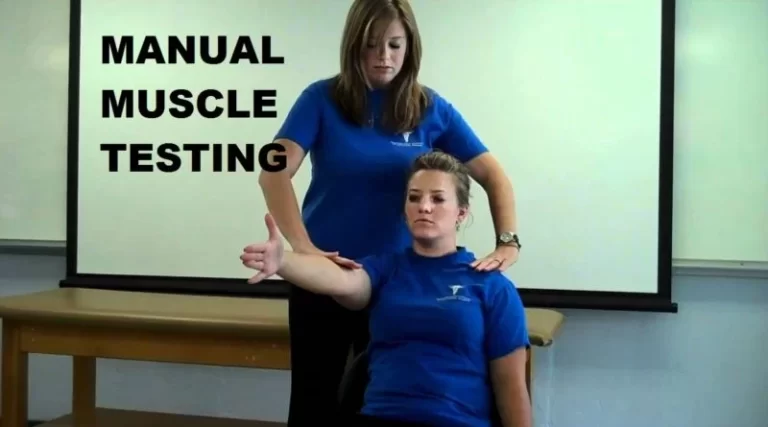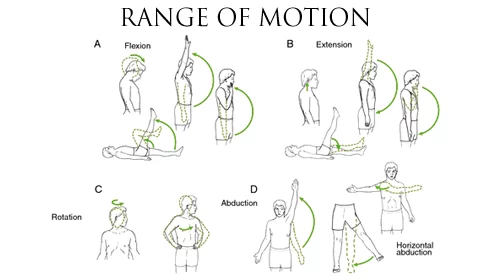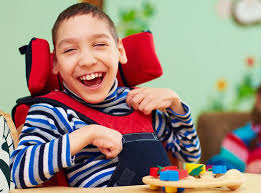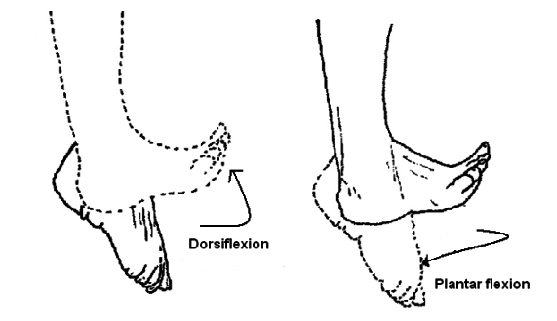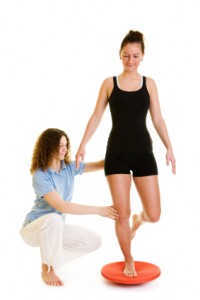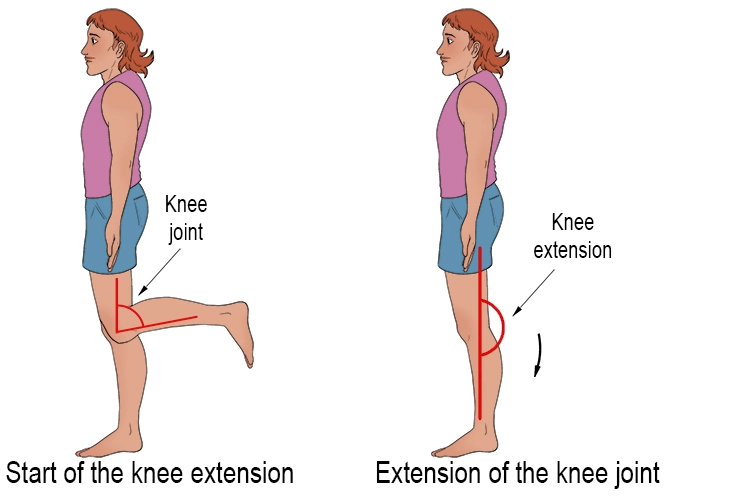USE OF BIOMECHANICS IN PHYSIOTHERAPY:
1) DEFINATION :
Biomechanics is the study of human motion. The study of biomechanics is important when determining what causes injuries and therefore how we can prevent them re-occurring. Physiotherapists are professionally trained to detect biomechanical faults which can predispose you to injury.
2) PRINCIPLES OF BIOMECHANICS
Acceleration. the rate at which speed changes.
- agonist. the muscle most directly involved in creating movement. …
- anatomical position. the body standing erect with arms down and palms forward.
- angle of pennation. …
- angular displacement. …
- angular velocity. …
- antagonist. …
- biomechanics.
FORCES AND TORQUES :
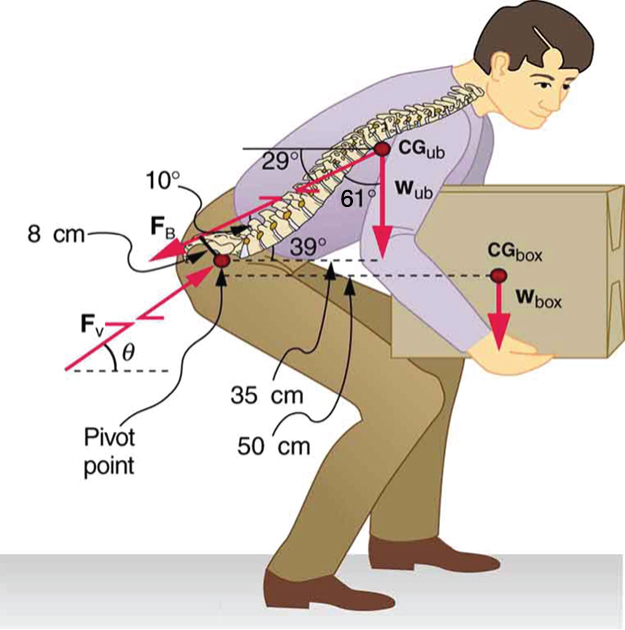
A force is simply a push or pull and it changes the motion of a body segment or the racket. Motion is created and modified by the actions of forces (mostly muscle forces, but also by external forces from the environment). When force rotates a body segment or the racquet, this effect is called a torque or moment of force
NEWTON’S LAW:
1) Law of Inertia –
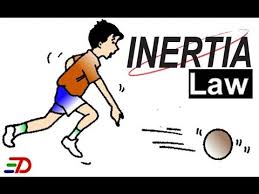
Newton’s First Law of inertia states that objects tend to resist changes in their state of motion. An object in motion will tend to stay in motion and an object at rest will tend to stay at rest unless acted upon by a force.
2) Law of Acceleration
Newton’s Second Law precisely explains how much motion a force creates. The acceleration (tendency of an object to change speed or direction) an object experiences is proportional to the size of the force and inversely proportional to the object’s mass.
3) Law of Reaction
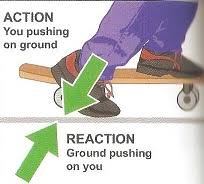
– The Third Law states that for every action (force) there is an equal and opposite reaction force. This means that forces do not act alone, but occur in equal and opposite pairs between interacting bodies.
TYPE OF MOMENTUM
1) LINEAR MOMENTUM
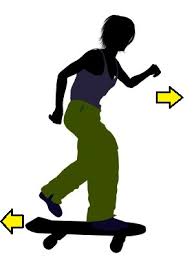
Linear momentum is momentum in a straight line e.g. linear momentum is created as the athlete sprints in a straight line down the 100m straight on the track.
2) ANGULAR MOMENTUM
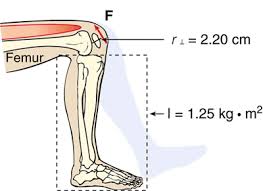
Angular momentum is rotational momentum and is created by the rotations of the various body segments e.g. The open stance forehand uses significant angular momentum. The tremendous increase in the use of angular momentum in ground strokes and serves has had a significant impact on the game of tennis. One of the main reasons for the increase in power of the game today is the incorporation of angular momentum into ground stroke and serve techniques. In tennis, the angular momentum developed by the coordinated action of body segments transfers to the linear momentum of the racquet at impact.
*CENTER OF GRAVITY
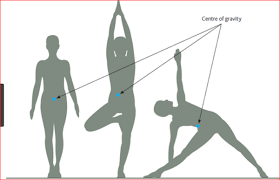
Center of Gravity (COG) is an imaginary point around which body weight is evenly distributed. The center of gravity of the human body can change considerably because the segments of the body can move their masses with joint rotation
*BALANCE
Balance is the ability of a player to control their equilibrium or stability.
1) STATIC BALANCE
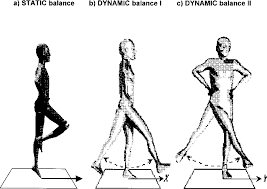
The ability to control the body while the body is stationary. It is the ability to maintain the body in some fixed posture[12]. Static balance is the ability to maintain postural stability and orientation with center of mass over the base of support and body at rest
2) DYNAMIC BALANCE
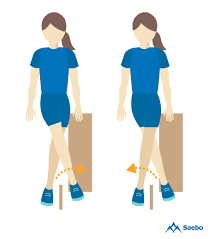
The ability to control the body during motion. Defining dynamic postural stability is more challenging, Dynamic balance is the ability to transfer the vertical projection of the center of gravity around the supporting base of support.Dynamic balance is the ability to maintain postural stability and orientation with center of mass over the base of support while the body parts are in motion.
IMPORTANCE OF BIO-MECHANICS
In sport and exercise, bio-mechanics refers to the study of human movements, including the interaction between the athlete, sport equipment and the exercise environment. Athletes are always trying to find ways to get faster, higher and stronger with minimal injury
Q ANGLE :
An understanding of the normal anatomical and bio-mechanical features of the patello-femoral joint is essential to any evaluation of knee function. The Q angle formed by the vector for the combined pull of the quadriceps femoris muscle and the patellar tendon, is important because of the lateral pull it exerts on the patella.
The direction and magnitude of force produced by the quadriceps muscle has great influence on patellofemoral joint biomechanics. The line of force exerted by the quadriceps is lateral to the joint line mainly due to large cross-sectional area and force potential of the vastus lateralis. Since there exists an association between patellofemoral pathology and excessive lateral tracking of the patella, assessing the overall lateral line of pull of the quadriceps relative to the patella is a meaningful clinical measure. Such a measure is referred to as the Quadriceps angle or Q angle. It was initially described by Breaststroke
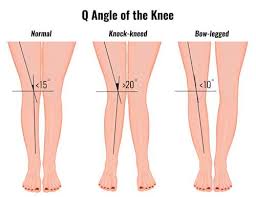
USE OF BIOMECHANICS FOR SPORTS AND EXERCISE
Sports biomechanics studies human motion during exercise and in sports. Physics and the laws of mechanics are applied to athletic performance. Biomechanics can be applied to individuals, analyzing their movements and coaching them for more effective movement during exercise and sports movement.
INJURIES DUE TO INCORRECT BIO-MECHANICS :
| Sport | Technique | Injury |
| Cricket | Mixed bowling action | Pars inter_ articularis stress fractures |
| Tennis | Excessive wrist action with backhand | Extensor tendinopathy of the elbow |
| Swimming | Decreased external rotation of the shoulder | Rotator cuff tendino pathy |
| Running | Anterior pelvic tilt | Hamstring injuries |
| Rowing | Change from bow side to Change from bow side to | rib stress fracture |
| Ballet | Poor turnout | Hip Injuries |

